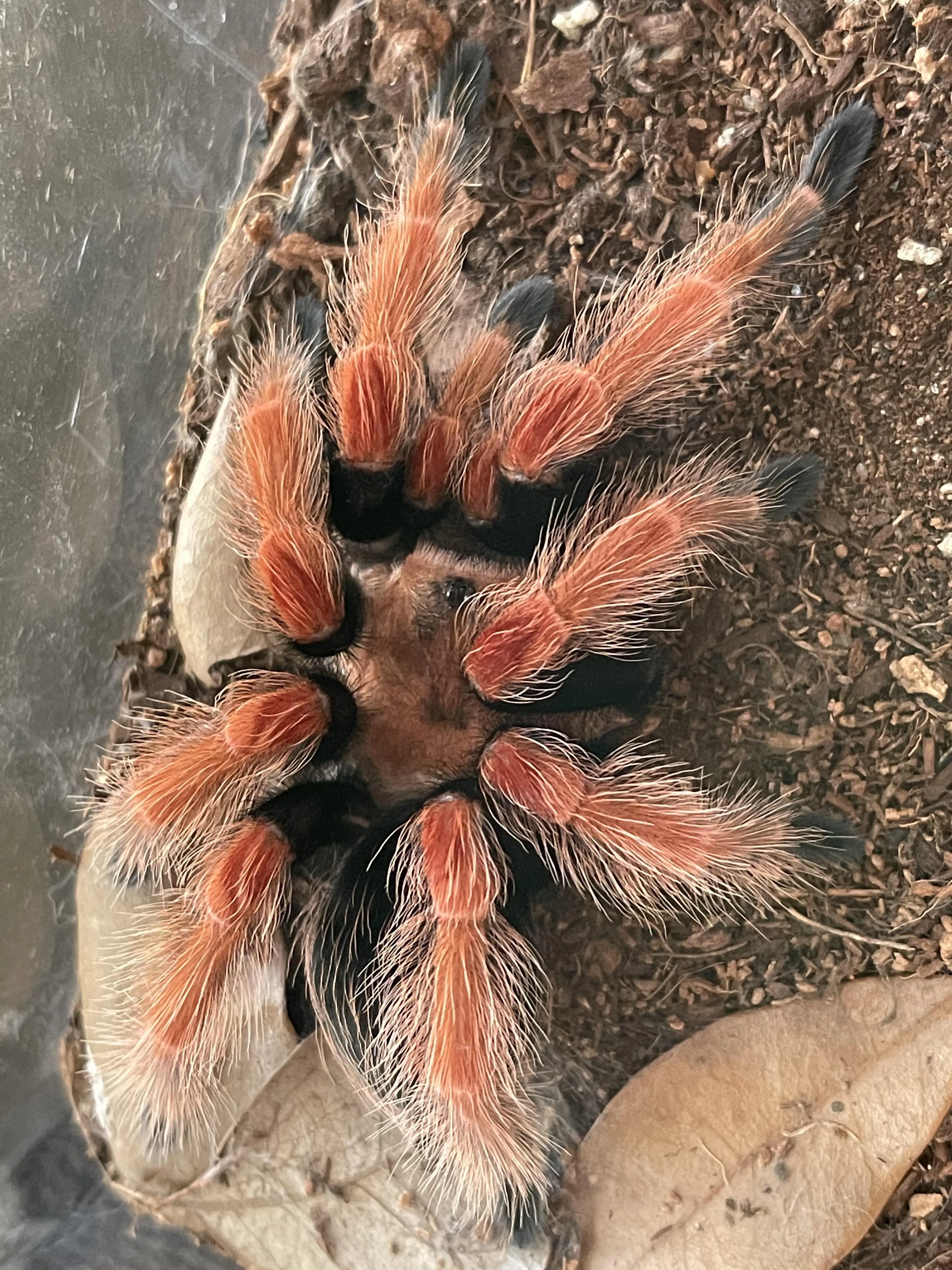Why Did My Tarantula Die After Molting?
The death of a tarantula after molting is a distressing experience for any pet owner. Molting is a crucial process for tarantulas, enabling them to grow and replace old exoskeletons. However, things can sometimes go wrong, leading to a tragic outcome. Understanding the reasons behind this can help owners provide better care and increase the chances of a successful molt. This article explores the molting process, common problems, and how to prevent such incidents, ensuring your tarantula thrives.
Understanding the Molting Process
Molting, or ecdysis, is the process by which a tarantula sheds its exoskeleton to grow. This process is essential for tarantulas as their exoskeleton does not grow. As the tarantula grows, it needs to shed its old exoskeleton to reveal a new, larger one. The frequency of molting depends on the tarantula’s age and species, with younger tarantulas molting more often than adults. Molting is a vulnerable time for tarantulas, making them susceptible to various issues.
What Happens During Molting
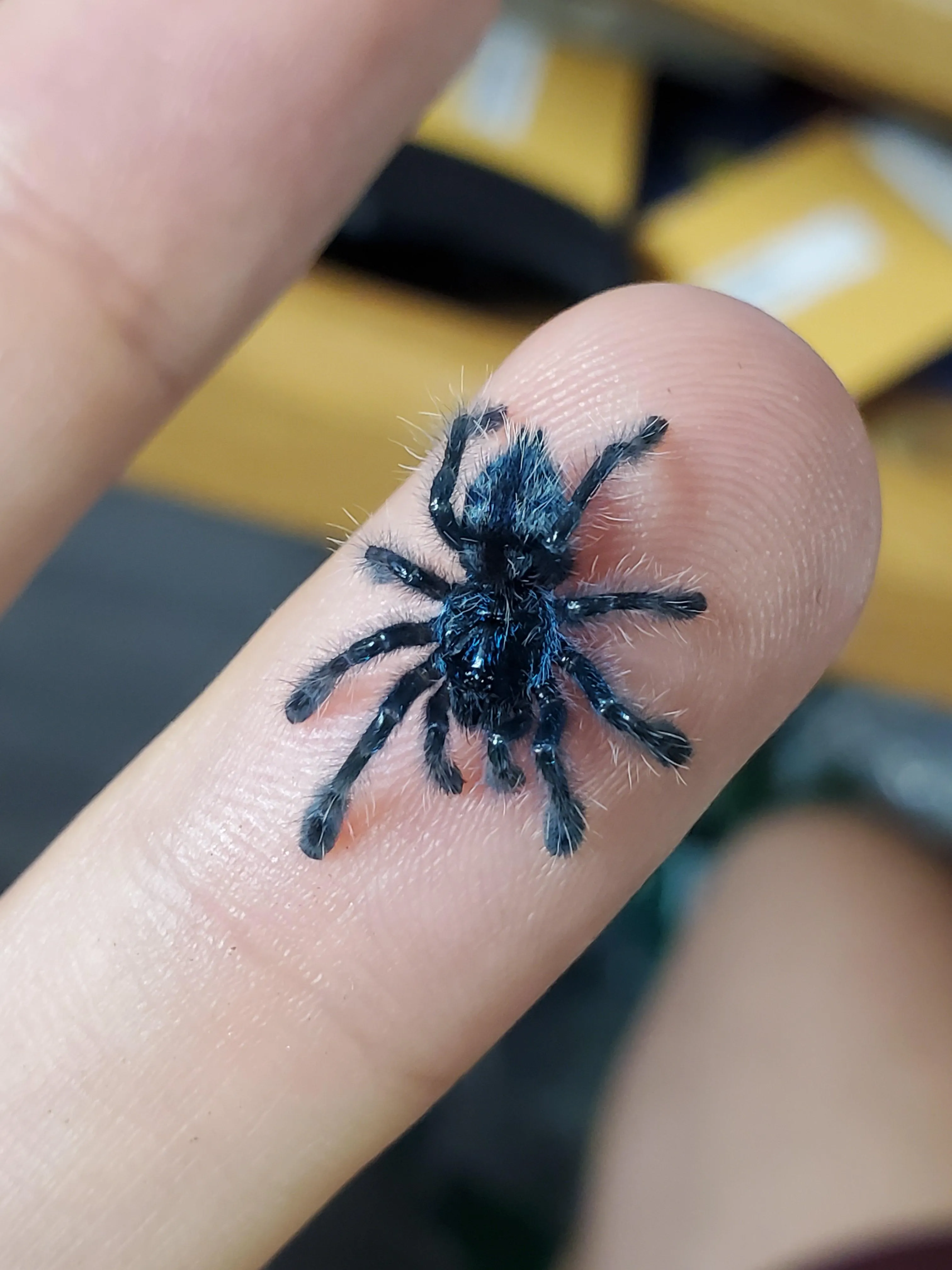
Before molting, tarantulas typically stop eating and become less active. They may also create a ‘molting mat’ of silk. During the molt, the tarantula will lie on its back, and the exoskeleton will split open, usually at the carapace (the top part of the cephalothorax). The tarantula then wriggles out of its old exoskeleton, leaving behind a perfect replica of itself. The new exoskeleton is soft initially, hardening over several days.
Common Molting Problems
Several issues can arise during the molting process, leading to complications. These problems can range from minor inconveniences to life-threatening situations. Recognizing these issues early is crucial for intervention. Common problems include dehydration, injuries during the molt, failed molts, environmental issues, and pre-existing conditions. Understanding each of these can help owners take proactive steps to prevent them and ensure the safety of their tarantulas.
The 5 Main Reasons for Post-Molting Death
Dehydration
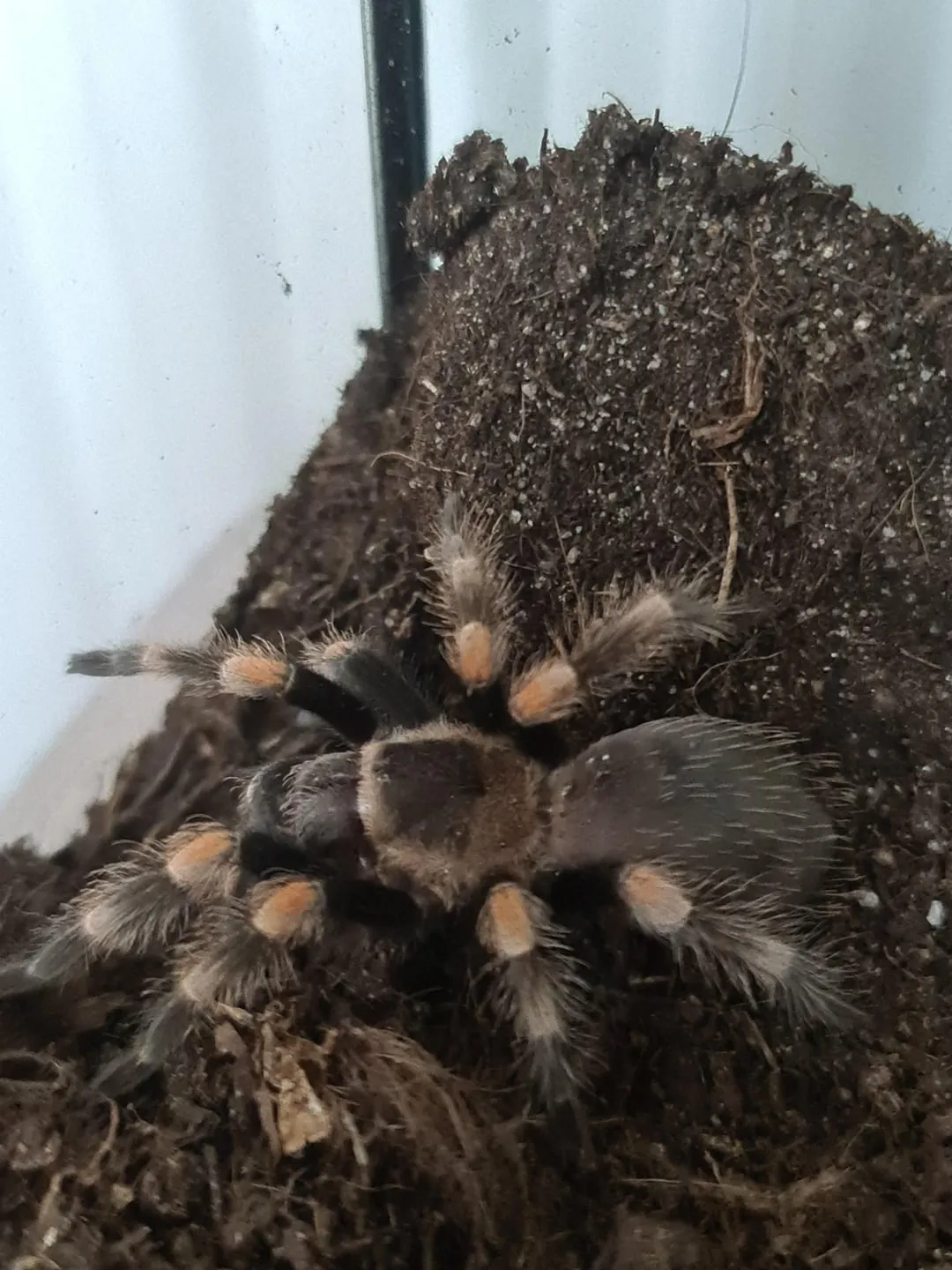
Dehydration is a significant threat to tarantulas, particularly during and after molting. The molting process can be physically taxing, and the tarantula’s body may lose fluids. If the tarantula is not properly hydrated, it can become weak and unable to complete the molt successfully. Providing fresh water and maintaining appropriate humidity levels in the enclosure is essential to prevent dehydration. Dehydration can lead to a failed molt or, worse, death if not addressed promptly. Always ensure your tarantula has access to a water source, especially after molting.
Injury During Molting
Injuries can occur if the tarantula struggles during the molting process or gets stuck in its old exoskeleton. This can be due to a variety of factors, including improper humidity, a cramped enclosure, or disturbances. Injuries can range from minor damage to the new exoskeleton to severe trauma that can be fatal. The risk of injury is heightened if the tarantula is not molting in a safe and undisturbed environment. Providing a suitable molting environment and avoiding any disturbances during this time is crucial.
Failed Molt
A failed molt is when the tarantula is unable to fully shed its old exoskeleton. This can occur due to various reasons, such as dehydration, injury, or environmental issues. A failed molt can lead to the tarantula becoming trapped in its old exoskeleton, which restricts its movement and feeding. The trapped exoskeleton can also lead to infections or other complications, eventually causing the tarantula to die. In severe cases, the tarantula may die from exhaustion during the molt. Ensuring the proper conditions for molting is critical to prevent this outcome.
Environmental Issues
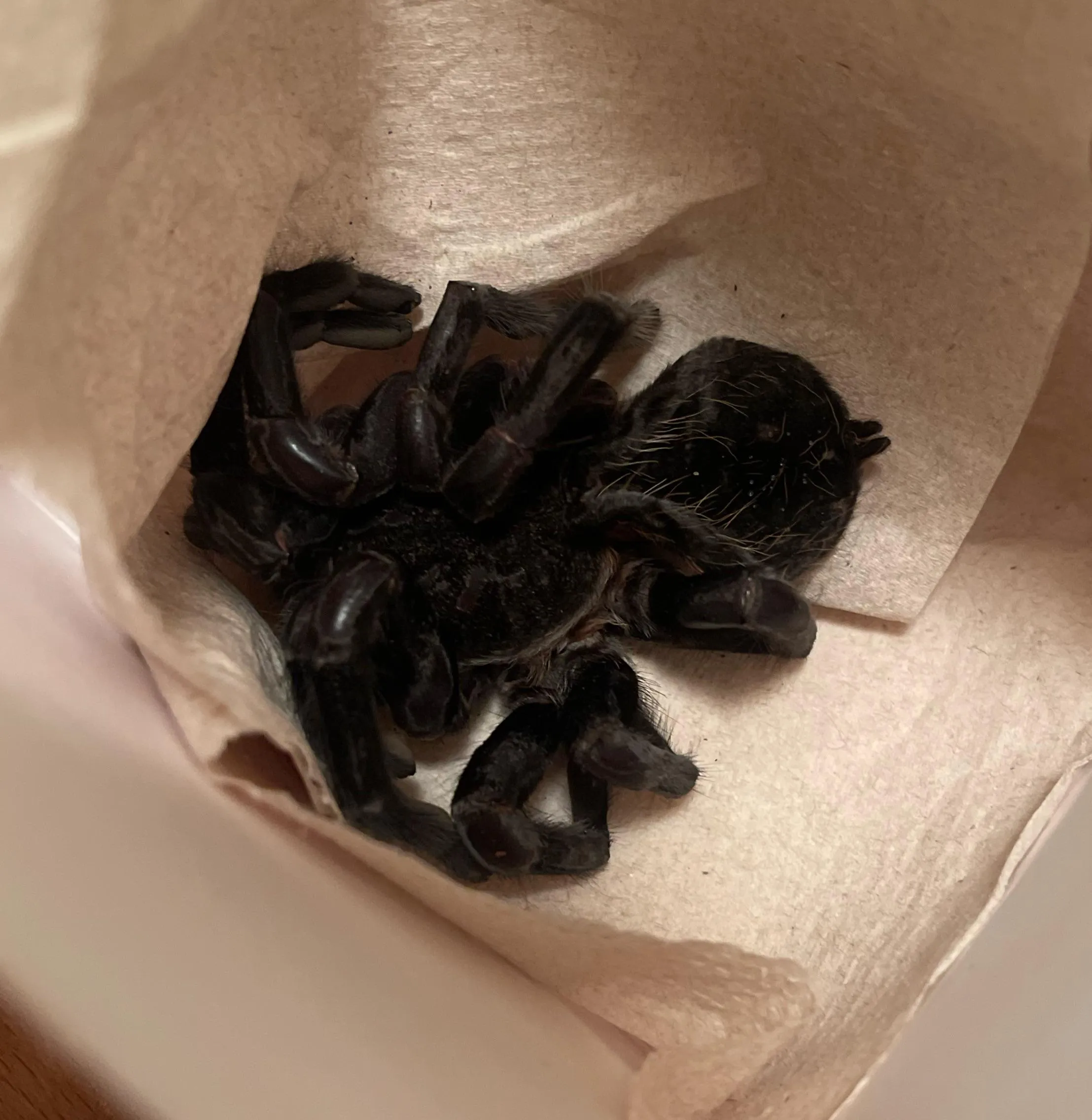
Environmental factors, such as incorrect humidity and temperature levels, can significantly impact the molting process. Low humidity can lead to dehydration and a failed molt, while extreme temperatures can stress the tarantula. It’s essential to maintain the correct environmental conditions to ensure a smooth molting process. Regular monitoring and adjustments to the enclosure’s environment are necessary to create an ideal habitat for your tarantula, particularly during molting. The enclosure should mimic the tarantula’s natural habitat to ensure its well-being.
Pre-existing Conditions
Pre-existing health issues can weaken a tarantula and make molting more challenging. Tarantulas with underlying health problems might struggle to cope with the stress of molting, leading to complications. These conditions could include parasites, infections, or nutritional deficiencies. A weakened tarantula may not have the necessary energy to complete the molt successfully. Regular veterinary check-ups, proper diet, and overall good husbandry are essential to ensure your tarantula is healthy and ready for molting. Addressing any pre-existing conditions is crucial for a successful molt.
How to Prevent Tarantula Death After Molting
Maintaining Proper Humidity
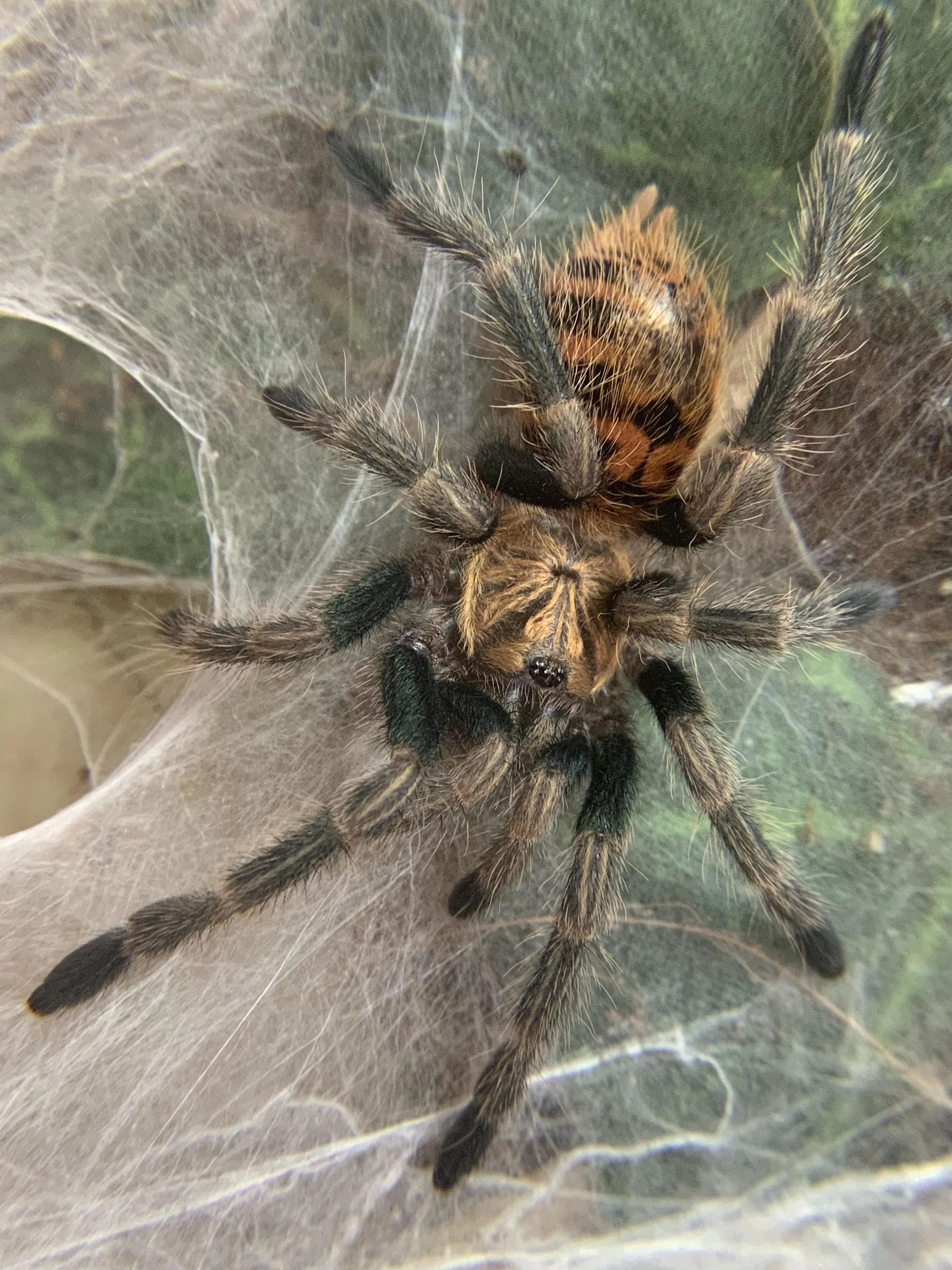
Humidity plays a vital role in the molting process. Maintaining the correct humidity level is crucial for the tarantula to shed its exoskeleton successfully. Low humidity can lead to dehydration and a failed molt, while excessively high humidity can cause mold and other issues. Research the specific humidity requirements for your tarantula species and ensure the enclosure meets those needs. Using a hygrometer to monitor humidity and adjusting the enclosure as needed is essential. Proper humidity levels are critical for a smooth and safe molting process.
Providing a Safe Molting Environment
Create a safe and undisturbed environment for your tarantula to molt. This means ensuring the enclosure is free from potential hazards and providing a quiet space. Avoid placing the enclosure in a high-traffic area or near loud noises. Ensure there are no sharp objects in the enclosure that could injure the tarantula during the molt. Providing ample substrate for burrowing species can also help them feel secure. A safe environment reduces stress and minimizes the risk of injury during the molt. This will help your tarantula molt successfully, providing it with the best chances of survival.
Avoiding Disturbances
Minimize disturbances to your tarantula during molting. Avoid handling or moving the enclosure during this critical time. Disturbances can cause stress and potentially lead to injury or a failed molt. Provide the tarantula with a dark, quiet space to molt undisturbed. If you must check on your tarantula, do so gently and from a distance, without touching the enclosure. Avoiding disturbances will greatly improve the chances of a successful molt and the tarantula’s survival.
Recognizing Signs of Trouble
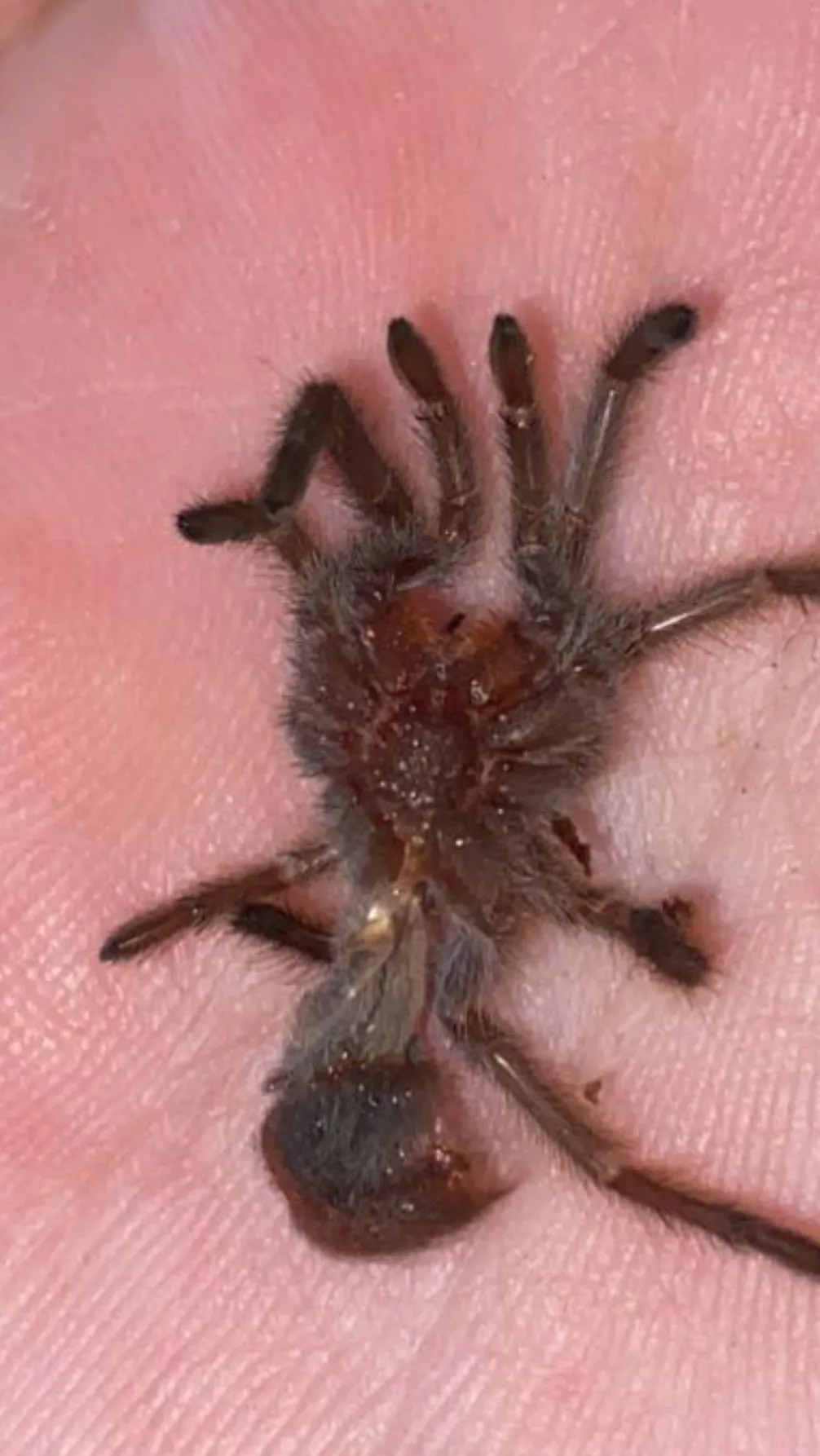
Be vigilant and recognize the signs of potential problems during molting. These signs include the tarantula struggling to shed its exoskeleton, being stuck in the old exoskeleton, or showing signs of injury. If you notice any of these issues, it’s essential to take action promptly. For instance, gently misting the enclosure to increase humidity if the tarantula appears dehydrated, or consulting a veterinarian experienced with invertebrates for guidance. Early detection and intervention can significantly improve the chances of saving your tarantula.
What to Do if Your Tarantula is Molting?
Do Not Disturb
The most crucial thing to do is to avoid disturbing your tarantula while it’s molting. This means refraining from handling the tarantula, moving the enclosure, or making any sudden movements near the enclosure. Providing a quiet and undisturbed environment is crucial. Any disturbance can startle the tarantula and disrupt the molting process, leading to potential complications. Patience and observation are key during this sensitive time.
Monitor the Situation
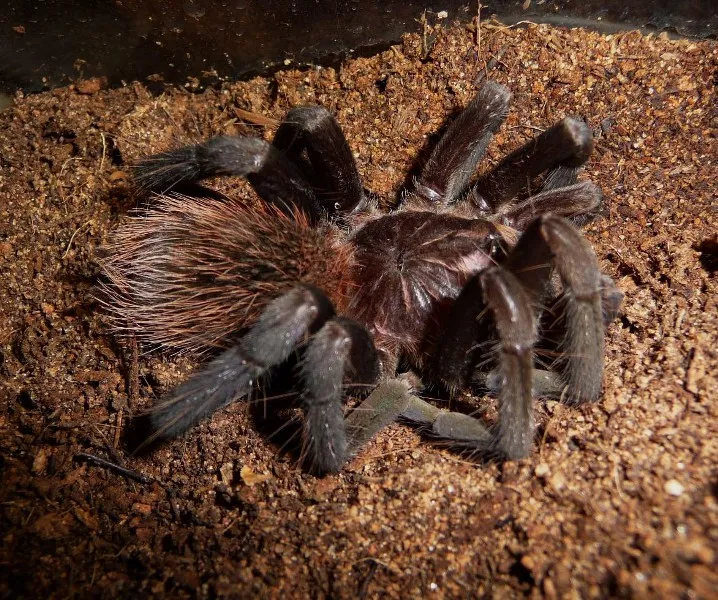
While avoiding disturbances, it’s important to monitor the situation from a distance. Observe the molting process without interfering. Look for any signs of trouble, such as the tarantula struggling or being stuck in its old exoskeleton. This will help you identify any issues that may require intervention. Document the molting process if possible, by taking notes on how long it takes or noting any particular behaviors. Monitoring ensures you can act if necessary.
Offer Water After Molting
After the molt is complete and the tarantula’s new exoskeleton has hardened, offer it fresh water. The tarantula may be dehydrated after molting. Place a shallow water dish in the enclosure and ensure it is easily accessible. Observe the tarantula to see if it drinks. Providing water helps the tarantula rehydrate and recover from the molting process. Regular access to fresh water is essential for its overall health.
Conclusion
The death of a tarantula after molting can be a heartbreaking experience, but understanding the causes and taking preventative measures can increase the chances of a successful molt. By providing the correct environmental conditions, avoiding disturbances, and recognizing potential problems, you can create a safe and supportive environment for your tarantula. Remember, proper care and attention are essential for the well-being of these fascinating creatures. By following these guidelines, you can significantly improve your tarantula’s chances of surviving and thriving. Remember to always consult with a veterinarian if you have specific concerns or notice any unusual behavior.
